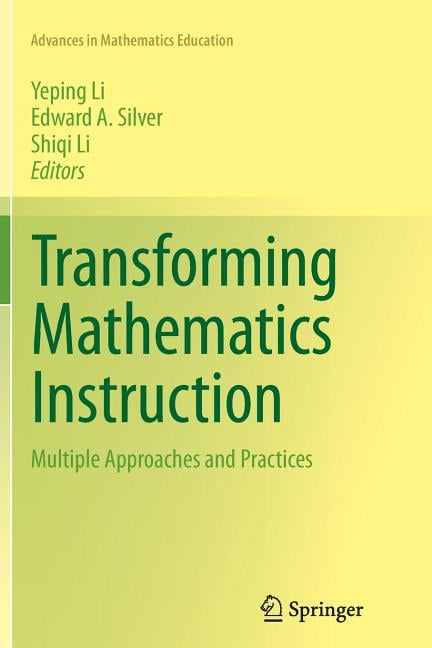


Norrish, after discovering a fundamental error in the project he had assigned her. But she clashed with her supervising professor, R.G.W. Her excellent exam scores earned her a graduate research scholarship, a grant from the Department of Scientific and Industrial Research, providing an excellent reason to stay at Cambridge despite the war. As the Nazis marched across Europe, she continued her studies while closely following the war, debating British foreign policy in letters to her family and volunteering as an air raid warden. She steadfastly pursued her education during World War II, despite the bombs that rained down on London during the Blitz, despite shortages and rationing and despite family pressure to leave Cambridge for safer ground and, perhaps, for work aiding the war effort. She refused to let the challenges of their time defeat or define her. She majored in physical chemistry and held herself to high standards of scholarship. Rosalind’s early education in private preparatory and boarding schools prepared her for enrollment in Newnham College, one of two schools for women at Cambridge University. She was an experienced mountaineer who loved to travel and explore nature. Family members recall her lively sense of humor, her straightforwardness, her love of cooking. Rosalind was a devoted daughter and sister and loyal and gracious to her many friends and colleagues. She thrived on intellectual debate, challenging others to justify their opinions and positions, a method she used throughout her life to clarify her own understanding, to learn and to teach. She was a conscientious and gifted student with a keen sense of justice and logic and a facility for languages. She was an intellectually precocious child who, according to her mother, “all her life knew exactly where she was going and took science for her subject” at the age of 16. Rosalind Elsie Franklin was born in London on July 25, 1920, into a prominent family of Anglo-Jewish scholars, leaders and humanitarians who placed a high value on education and service. Her namesake university - the first medical institution in the nation to so recognize a female scientist - honors ideals that can lead each generation to the advancement of science and “the improvement of the lot of mankind, present and future.” Destined for Science Franklin’s life, her science and her drive for excellence will continue to impact the health of human beings for generations to come. Her perseverance and determination in the face of entrenched injustice offers hope to underrepresented groups across the academy, across STEM, across countries and economies that continue to fight for parity in compensation, advancement and recognition. Franklin who, despite gender disparity and discrimination, relentlessly pursued the answers to questions that have improved health and longevity around the world, speaks to new generations who take up the struggle for equality and improved well-being. While her Photo 51 and related data were integral to the 1953 discovery and description of the double helix structure of DNA, her contribution went largely unrecognized for nearly 50 years. Franklin patiently struggled to prove the structure through mathematical computations and to capture the B form of DNA through more than 100 hours of photographic exposure. Working in a laboratory environment less than collegial to female scientists and often in isolation, Dr. Franklin’s renown grew out of the two years she spent conducting research at King’s College London in the early 1950s, as scientists across the globe raced to discover the structure of DNA. Franklin’s passion for learning, her pursuit of extreme clarity and her unflinching commitment to the highest standards of scientific research brought “lasting benefit to mankind,” and make her an ideal role model for our students, faculty and aspiring scientists and for health professionals throughout the world.Ī physical chemist, researcher and foremost expert in crystallography, Dr. Our university was dedicated in 2004 to Rosalind Franklin, PhD, the brilliant and trailblazing scientist whose Photo 51 revealed the double helix of DNA - a discovery that was essential in unlocking the mystery to how life is passed down from generation to generation.


 0 kommentar(er)
0 kommentar(er)
